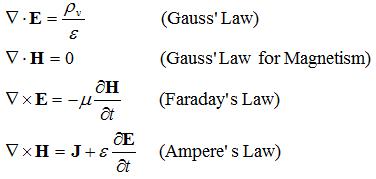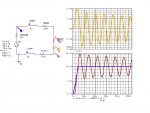gar
Senior Member
- Location
- Ann Arbor, Michigan
- Occupation
- EE
161029-2142 EDT
Given two simple transient circuits how would you determine the T=0 input current to the circuit, and output voltage across the capacitor for each circuit? The T=infinity values of current and voltage? And the time t for the output voltage to reach 63.2% of its final value?
The input voltage is a step change of voltage from 0 to +1 V. The initial capacitor voltage is 0 V.
The first circuit is a simple series circuit consisting of a 1 megohm resistor and 1 mfd capacitor.
The second circuit is the same as the first except that a 1/2 megohm resistor is shunted across the capacitor.
Describe your approach as well as the numeric answers.
For those of you that this is "duck soup" don't answer until others have had a chance.
.
Given two simple transient circuits how would you determine the T=0 input current to the circuit, and output voltage across the capacitor for each circuit? The T=infinity values of current and voltage? And the time t for the output voltage to reach 63.2% of its final value?
The input voltage is a step change of voltage from 0 to +1 V. The initial capacitor voltage is 0 V.
The first circuit is a simple series circuit consisting of a 1 megohm resistor and 1 mfd capacitor.
The second circuit is the same as the first except that a 1/2 megohm resistor is shunted across the capacitor.
Describe your approach as well as the numeric answers.
For those of you that this is "duck soup" don't answer until others have had a chance.
.


